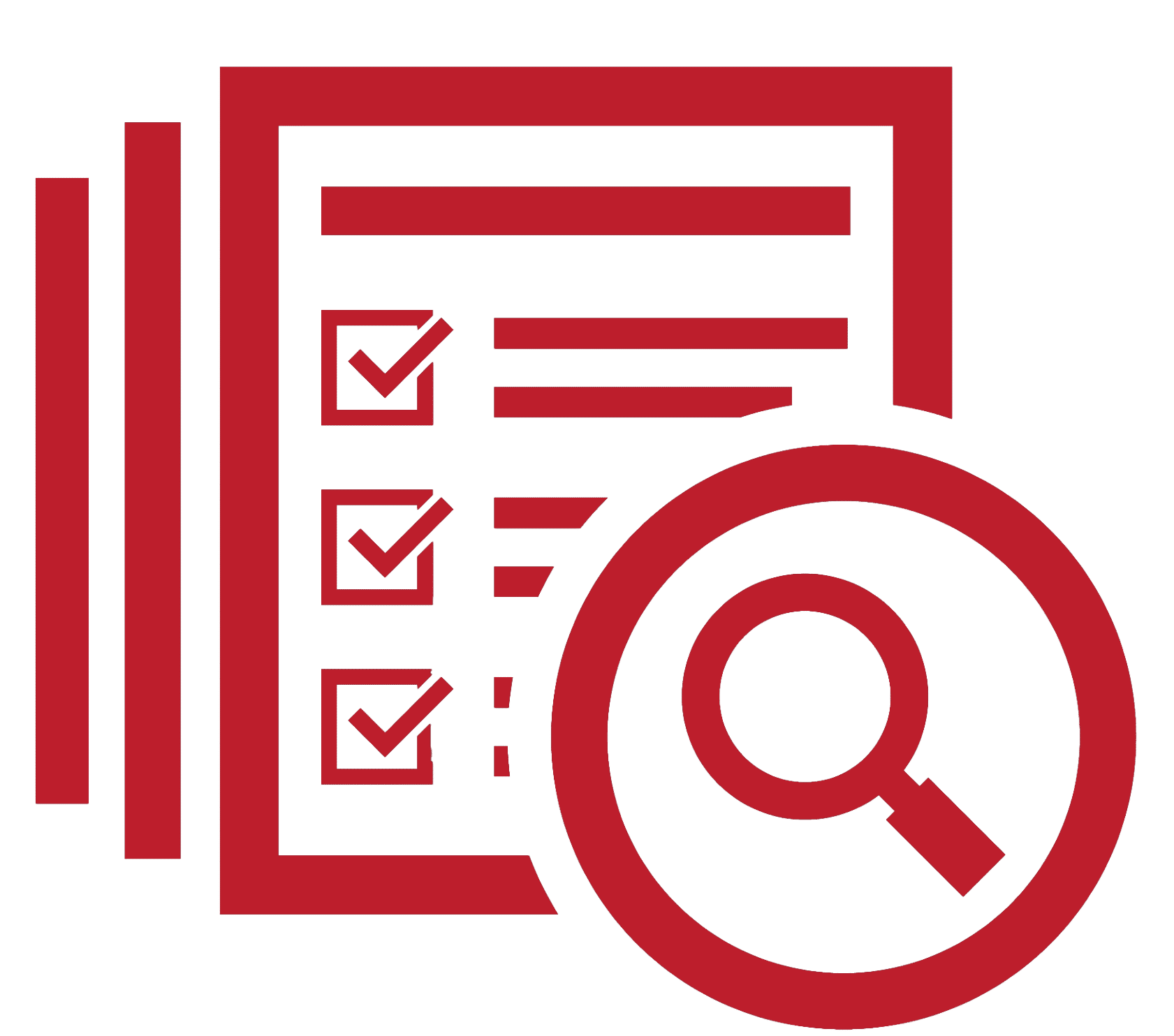
One of the most important – and most challenging – steps in mastering privacy.
Just like a retail company must conduct regular and thorough inventories of their supplies, all organizations need to review what they’ve got stashed away in their proverbial data closet.
Red Clover’s Data Inventory Management services, sometimes referred to as data mapping or records of processing activities (ROPAs), enables organizations to clearly understand the personal information they collect and store and how it’s being used and shared so they can make smart privacy decisions. Without this insight, it’s impossible to assess if you’re meeting compliance requirements.

What Can Red Clover Do For Your Organization?
We help companies establish data inventories and create sustainable and repeatable processes, resulting in consistent data inventories.
As part of our data inventory report, we will identify privacy risks and recommend and prioritize a roadmap for remediation. To facilitate this workflow, we collaborate with organizations to develop a customized data inventory policy and the processes necessary to maintain an accurate and up-to-date data inventory.
Let’s Get Started
Red Clover’s Privacy☘PS® Managed Services Team can manage ongoing tracking and auditing of data collection, storage, and handling to support your ongoing compliance.
Frequently Asked Questions
Data inventories or making lists of the personal information a company collects help track what personal information they gather, why it’s being collected, how and where it’s kept safe, who gets to see it, and how it’s all written down. This is something companies must do if they work in or with people from the European Union, according to the GDPR. It’s also something that laws in some U.S. states say is important because it requires companies to be transparent and responsible in their handling of personal information.
Data inventories are the ground floor for any data privacy program. They help you follow data protection laws by keeping a clear list of all the personal information your organization collects, uses, and shares. This way, you avoid legal problems and protect your organization’s reputation. Also, doing a data inventory helps you identify which pieces of information are extra sensitive or important. Once you know that, you can strengthen your security for that information, greatly lowering the risk of someone getting in. It’s a proactive step in managing your security risks.
- In the U.S., no federal law requires businesses to maintain a data inventory. However, for those operating within the scope of the GDPR, creating a data inventory is necessary.
- Beyond compliance with international regulations, routinely updating a data inventory is a foundational practice for any business. This approach becomes particularly crucial under various U.S. state privacy laws because these laws require a clear understanding of the purpose behind data collection, the identification of sensitive data, and the ability to comply with consumer requests based on the data you already have. To do these things, a thorough knowledge of how data flows through your organization is needed. After all, if an organization does not know what data it has and where it is, then how could they comply with a deletion request! This information is also essential for crafting effective privacy policies.
- Also, if individuals think your business is selling their personal information, it’s up to you to show that you’re not. Keeping a detailed list of all the personal information you handle can help prove you’re following the rules. This prevents legal problems and helps people trust how you protect their privacy.
- It’s like having a roadmap of all the personal data your organization handles. This clarity helps us make more informed decisions, especially when it comes to protecting sensitive information.
- Then there’s compliance – which is a major point to consider. With all the different regulations, like GDPR or U.S. state privacy laws, knowing your organization’s data makes it easier to stay on the right side of the law. It’s like having your ducks in a row, so when regulators come knocking, you’re ready to show them how well-organized you are.
- It streamlines efficiency. By figuring out what data you need (and what you don’t), you can streamline operations and cut down on storage costs. It’s like decluttering your digital closet – suddenly, everything feels more manageable.
- It helps you manage risk. Knowing what data your organization has and where it’s stored can be a lifesaver when preventing breaches or leaks. It’s all about spotting the risks before they become problems, like having a weather forecast for your data’s security.
- It builds customer trust. People who know your organization handles their data carefully and responsibly will likely trust your brand. It’s like building a bridge between your business and your customers, all based on respect for their personal information.
When it comes to collecting personal data, less is often more. By focusing on the minimum necessary, your organization is not only streamlining their operations and reducing storage costs but also minimizing the risks associated with data breaches and compliance issues. It’s all about being efficient and responsible, ensuring you have what you need to serve our customers effectively without overstepping privacy boundaries. Collecting the bare minimum isn’t just good practice—it’s often a legal requirement. This approach helps ensure compliance with data protection regulations, safeguarding against potential legal challenges and fines.
- Data inventories might feel like a big undertaking, right? It’s because what you discover really touches every part of the business. But, if you step back and look at it from a higher perspective, the whole process becomes quite doable, especially when you approach it as something continuous rather than a one-time thing.
- When you dive into a data inventory, you’re essentially trying to get the full picture of your data world. Think of it as building out a detailed map. Here’s the kind of information you will want to know:
- Data Categories: Identify the types of data held (e.g., personal, financial, health information).
- Data Sources: Document where each data set comes from, whether it’s collected directly from individuals, obtained from third parties, or generated internally.
- Data Collection Methods: Note how the data is collected (e.g., online forms, customer interactions, sensors).
- Legal Basis/Business Purpose: Clearly define why each data set is collected and how it’s used in your organization’s operations.
- Data Access: List who has access to the data, including internal departments and external partners or vendors.
- Data Sharing: Record if and how data is shared with third parties, including the nature of the data being shared and the recipients’ identities.
- Data Storage: Describe where and how the data is stored, including any geographical considerations if data is stored in different jurisdictions.
- Data Security Measures: Outline the security measures to protect the data from unauthorized access or breaches.
- Data Retention Periods: Specify how long each data set is kept before being securely deleted or anonymized.
- Compliance Requirements: Note any legal or regulatory requirements affecting each data set, such as GDPR, US State Privacy Laws, or HIPAA.
- Data Accuracy and Quality: Include measures for ensuring data accuracy and quality over time.
- Consent Management: If applicable, document how consent is obtained, managed, and documented for data that requires consent.
Absolutely, working with multiple vendors brings your organization’s data inventory into play. It’s crucial to know not just what data is being collected but also where it’s going and how your partners are handling it. A thorough data inventory helps ensure that your vendors are complying with the same data protection standards and regulations as your organization, minimizing risks and maintaining trust in your business relationships. See more information about third-party risk management.
Need a deeper dive? Grab our comprehensive template right here or get in touch to chat about tailoring a data inventory strategy that fits your needs perfectly.








